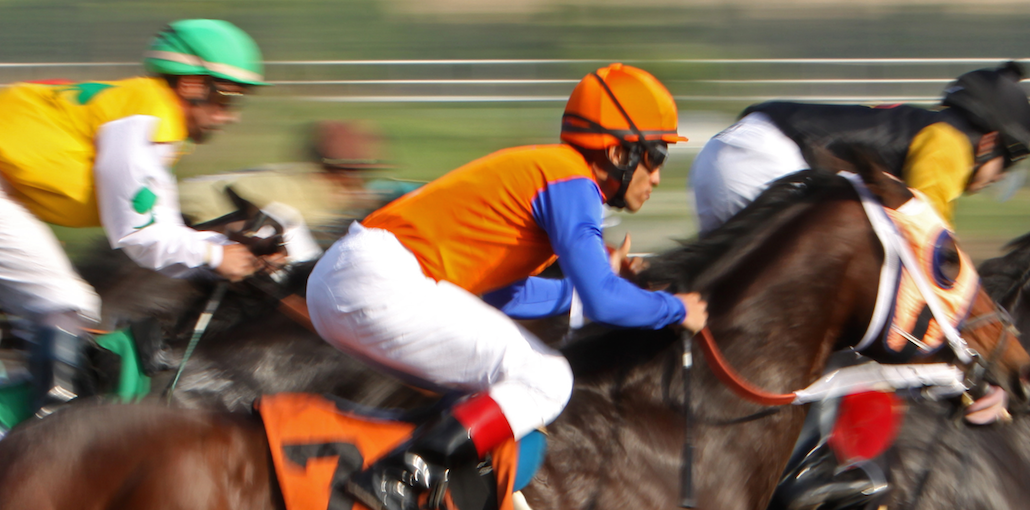Save 50% on a 3-month Digiday+ membership. Ends Dec 5.

For some publishers, the sensational or emotional come-on is the tried and true way to boost social media traffic. But for a brand like Time — one that has build its name on trusted, authoritative news — it’s complicated.
Time is doing something right, though; in the past three months, it has grown its Facebook likes by 44 percent, to 5.4 million, according to Wildfire from Google. That puts it ahead of social giants like BuzzFeed (2.9 million), The Huffington Post (3.3 million) and NPR (3.9 million) and in spitting distance of The New York Times (7.6 million) and Yahoo News (5.6 million).
Time has long had a sizable social following, but in recent months, there’s been a concerted effort to boost it, said Scott Havens, svp of digital at Time Inc., adding that Time’s growth in Facebook followers is all organic and without the help of promoted traffic.
“We kind of sat back early and saw the BuzzFeed rise and tried to deconstruct to some extent what they’re doing,” Havens said. “Not that we wanted to use all their tricks and gimmicks but use the social Web and content strategies that don’t deviate from the mission of our brand.”
Exposure to 5.4 million Facebook followers hasn’t been bad for Time’s traffic. The social network is now Time’s third biggest traffic source: Fully 16 percent of its traffic came via Facebook for the first half of 2014, per Omniture, up from 5 percent in the first half of 2013. Time.com had 20.3 million unique visits across desktop and mobile in May, up from 14.7 million a year earlier, per comScore.
Here are five things Time is doing to boost its social traffic:
Posting more stories
Online publishing success is a numbers game, so by increasing its posting volume threefold, to three times an hour, Time increased the chances of people clicking on and sharing stories.
Ad position: web_incontent_pos1
Word length
Time took a close look at its status updates to find the optimal length. Its teases are brief and to the point — rarely do they exceed one line.
Expand responsibility for social
Edit staff have been trained to optimize their headlines for social media. The “social media editor” is now called “audience engagement editor,” to underscore the notion that social promotion is everyone’s job.
Find the right voice
Clickbait doesn’t befit an austere news brand like Time. Not that Time is above using emotional or entertaining appeals for the sake of traffic growth. Look no further than stories like “Somebody Flew a Drone Into a Fireworks Display and This Is What Happened,” which got more than 30,000 likes, and “Celine Dion Meets ‘All By Myself’ Airport Video Star,” which got 65,000 likes.
“We don’t want to do really clickbait-y Facebook posts, because it’s just not what the brand’s about. But we do want to tease,” said Edward Felsenthal, managing editor of Time.com.
Weekly analysis
Havens’ team takes a weekly look at what’s working on the site and what’s not, with plans to put those lessons in a handbook to be used across other Time Inc. brands. “We have been a very siloed institution, but we have had some successes, and what I’m trying to do at my perch is spread those rapidly across,” he said.
Ad position: web_incontent_pos2
Steve Minichini, director of digital media and innovation at Assembly, said that credibility helps in the search- and social-driven world, which helps explain Time’s growth on Facebook. So to, possibly, does Facebook’s aging audience. “BuzzFeed is similar, but it’s more cheeky commentary. Time is about hard-hitting, focused editorial.”
Image via Cheryl Ann Quigley / Shutterstock.com
More in Media

What publishers are wishing for this holiday season: End AI scraping and determine AI-powered audience value
Publishers want a fair, structured, regulated AI environment and they also want to define what the next decade of audience metrics looks like.

Digiday+ Research Subscription Index 2025: Subscription strategies from Bloomberg, The New York Times, Vox and others
Digiday’s third annual Subscription Index examines and measures publishers’ subscription strategies to identify common approaches and key tactics among Bloomberg, The New York Times, Vox and others.

From lawsuits to lobbying: How publishers are fighting AI
We may be closing out 2025, but publishers aren’t retreating from the battle of AI search — some are escalating it, and they expect the fight to stretch deep into 2026.
Ad position: web_bfu